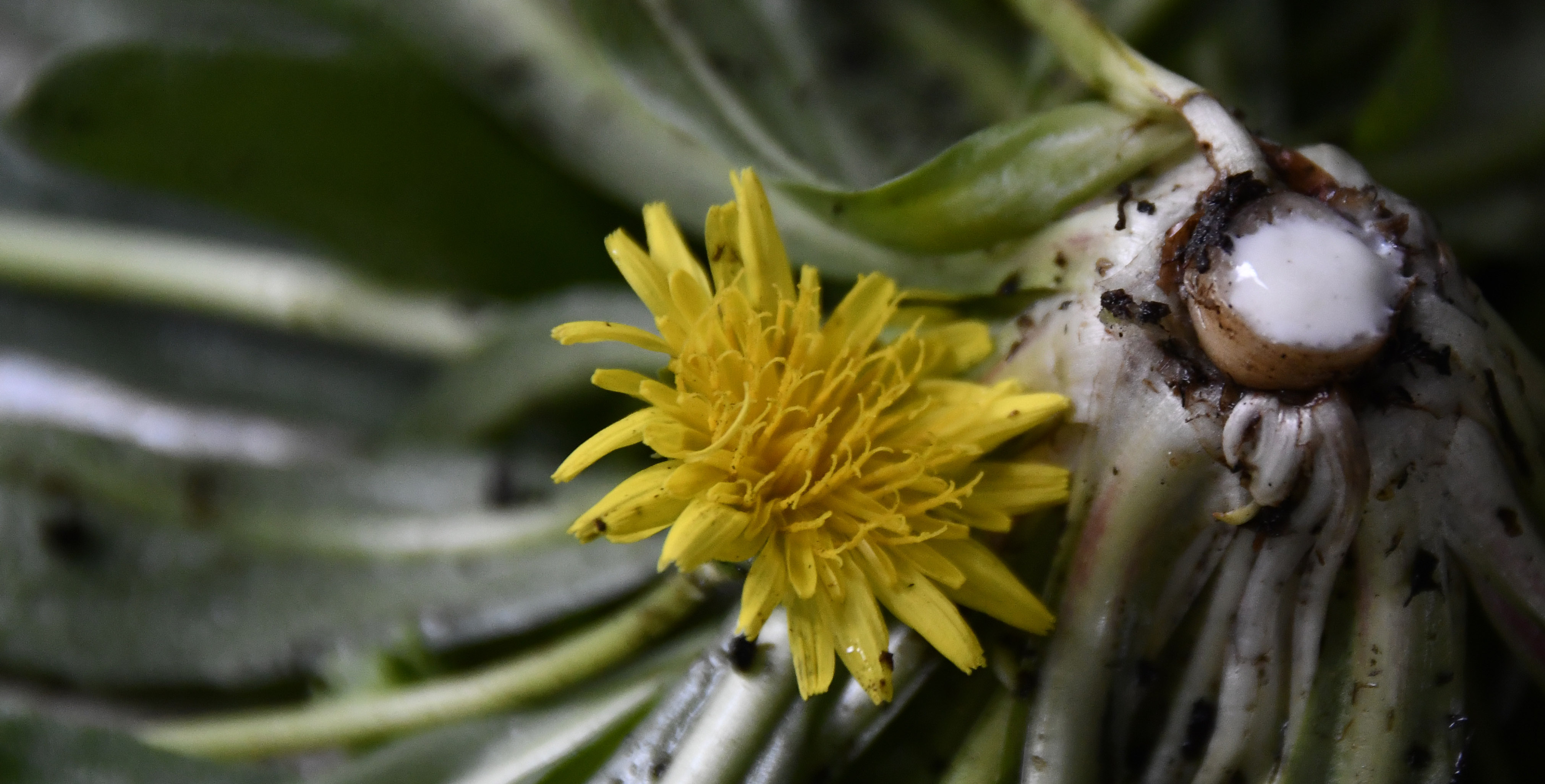Isoprenoid compounds comprise among others terpenes, steroids, carotenoids and storage lipids. With over 40,000 compounds, terpenoids represent the largest class of plant secondary metabolites. Their structure is derived from the C5 basic building block isoprene. The linkage, modification by functional groups and cyclization of these units leads to the high diversity of these molecules. They play a key role in the plant's interaction with its environment. Terpenoids act as protection against biotic and abiotic stress, for example in defense against potential enemies or unwanted competitors. They serve the plants as colorants or help as attractants in pollination and ultimately thereby in the dispersal of fruits and seeds.
As diverse as their functions in nature, as broad is their industrial application spectrum. High molecular weight compounds (C>25000), such as natural rubber, are widely used for the industrial production of various goods (consumer goods) such as tires, seals, mattresses, shoe soles or condoms. The industrial use of low molecular weight structures such as mono, di-, sesqui- and triterpenoids ranges from aroma and fragrance compounds to vitamins as well as components of cosmetic products or food products to pharmaceuticals.
Depending on the type of compound and the field of application, various strategies exist to meet the constantly growing demand for economically relevant terpenoids. As a traditional strategy, harvesting plants to obtain these important metabolites is struggling with several challenges. Depending on environmental conditions, composition and quantities can vary, especially since these metabolites are often produced and stored in plants in a non-uniformly distributed manner. Here, innovative plant breeding kicks in (comes into play), with methods that allow crops with stable yields to be developed from wild plants. Alternatively, isoprenoids can also obtained by chemical synthesis from petrochemical feedstock, but this is often coupled with low yields due to the enormous complexity of the natural products. Biotechnological production of particularly high-value isoprenoids in microorganisms offers a number of advantages such as predictable, stable, and year-round production, scalability, and easier extraction and purification. However, the microorganisms must be optimized to enable a sustainable production method. This is the only way to ensure that biosynthesis proceeds to the desired product as well as to overcome biosynthesis bottlenecks.
Depending on the development and exploitation concept, our department pursues both the plant-based and the heterologous, microorganism-based strategies for the customized production of isoprenoids.
 Fraunhofer Institute for Molecular Biology and Applied Ecology IME
Fraunhofer Institute for Molecular Biology and Applied Ecology IME